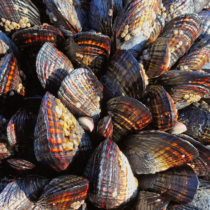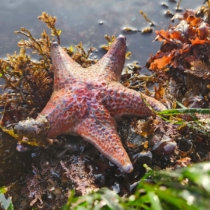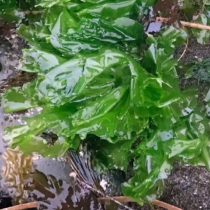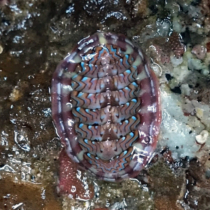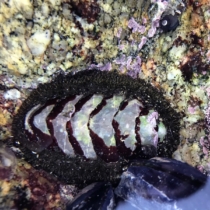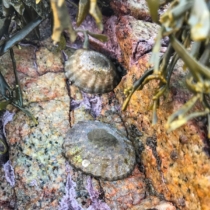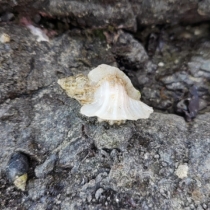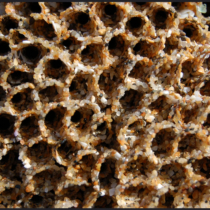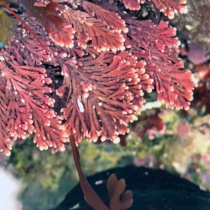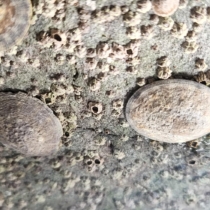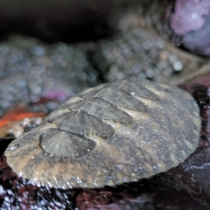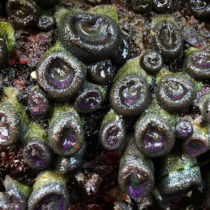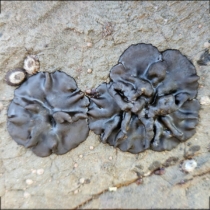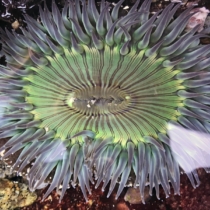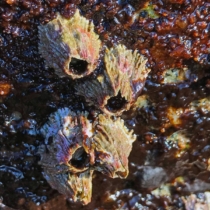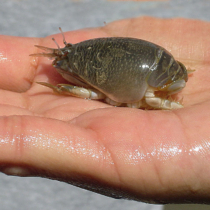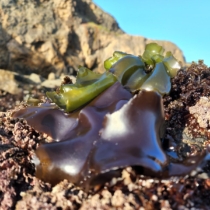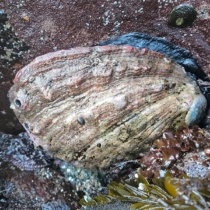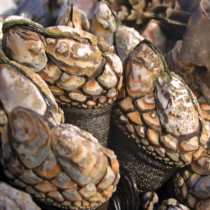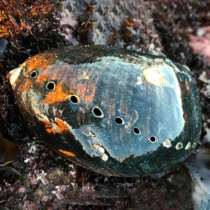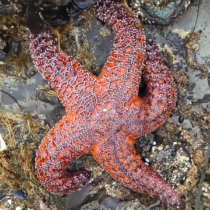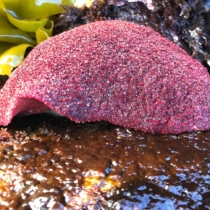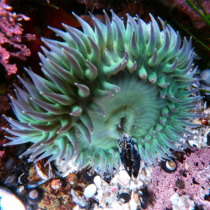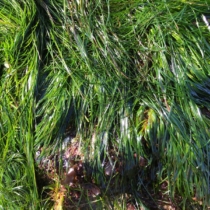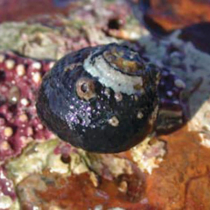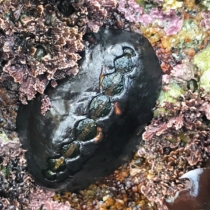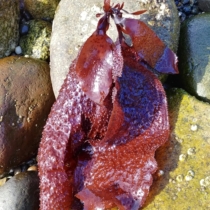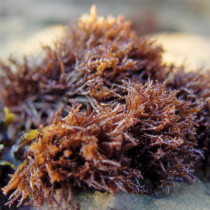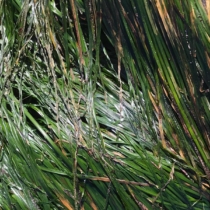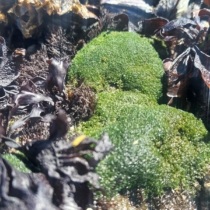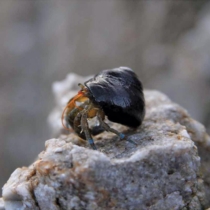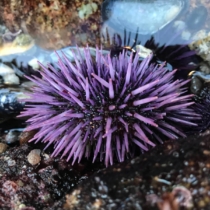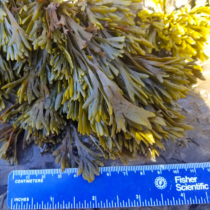We collected data about sand crabs from Ocean Beach. From the data, we came up with a question about the sand crabs, and supported it with the data we collected. We compared our findings to that of other scientific resources, like the “Pacific Mole Crab” article. We were able to see if sand crabs changed from the time the articles were made to now. When we looked at the findings, we could come up with possible causes. We gathered the information and began to put it into a blog. This process helped us become more confident in science and in writing. It’s amazing that our research is contributing to the scientific world.
Tag Archives: Ocean Beach
Hey Folks! What’s Up With the Sand Crabs?
Have you ever seen a sand crab at the beach? If not, imagine little creatures with grey shells that wiggle backwards and live underneath the sand. You may ask yourself, why should we care about some tiny sand crabs? Well the answer is simple, they are actually very important to a beach’s ecosystem, as they are the basis of the food web. By monitoring sand crabs, we can indicate the health of the entire beach.
Feeling Crabby?
The question that we looked at was if the size of males, females, and females with eggs in a sand crab population on Ocean Beach change over a ten year period. Well, based off of recent monitoring at Ocean Beach on September 2013 in comparison to research at Ocean Beach on September 2003, size of males, females, and females with eggs in a sand crab population on Ocean Beach does change over a ten year period.
More
Life is a Beach, We’re Just Playing With the Sand Crabs
There are many reasons why it is important for beaches to be clean. Beaches that are covered in litter are not ideal places for life to thrive. Our group found this from the two sites that we visited. The first was the San Leandro Marina. This beach was covered in litter, and clearly was not well-maintained. There was not even a beach, only broken concrete filling the 10-foot gap from the walking path to the water. The only life we found here were seagulls and algae. Seagulls don’t even live on the beach, so they aren’t really affected by this, and algae will grow regardless of the lack of effort in supporting the site. However, compare this to Ocean Beach. This site is well taken care of, and the multitudes of species that live there illustrate this fact. These include the Western Snowy Plover, and the topic of this blog, the Sand Crab.
When our group went out and had an awesome time researching the sand crabs at Ocean Beach, we started to wonder if there were more females in the population of more male. Our question is concerning the sex ratio between males and females. Sex ratio is defined as “The proportion of males to females in a given population, usually expressed as the number of males per 100 females.” Are females dominating males in the sand crab population?

